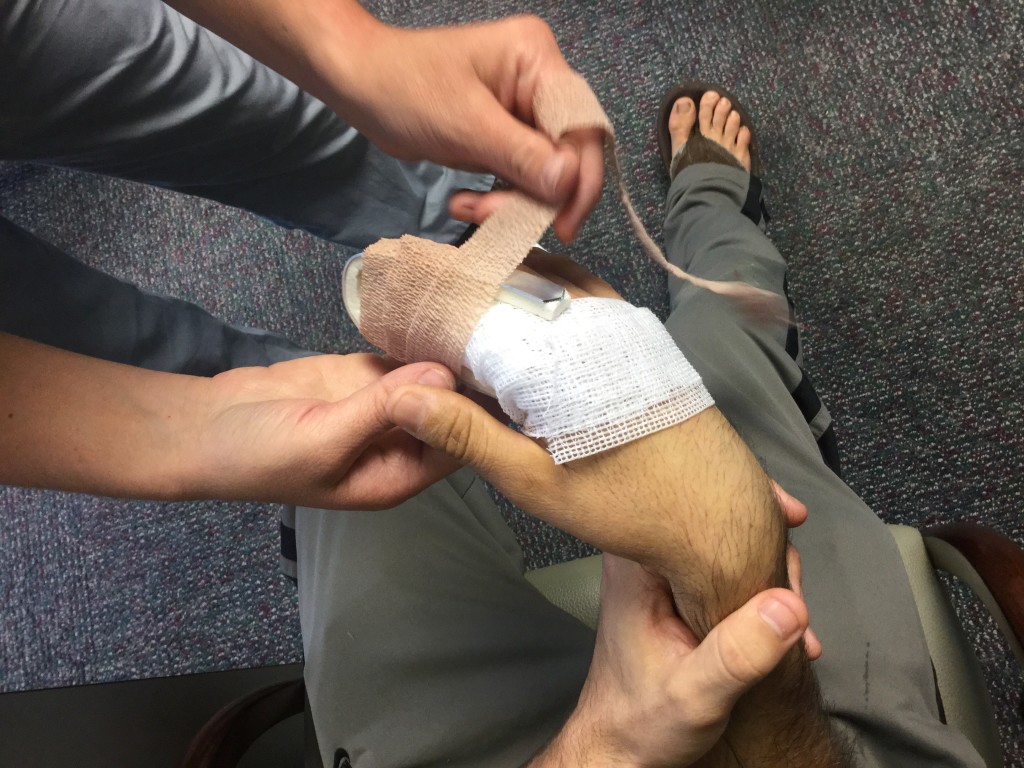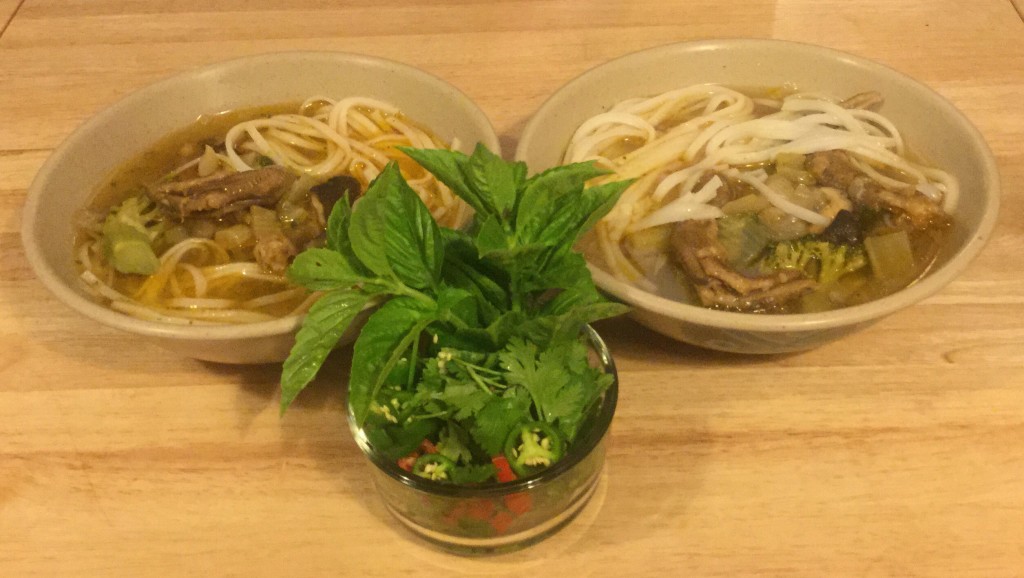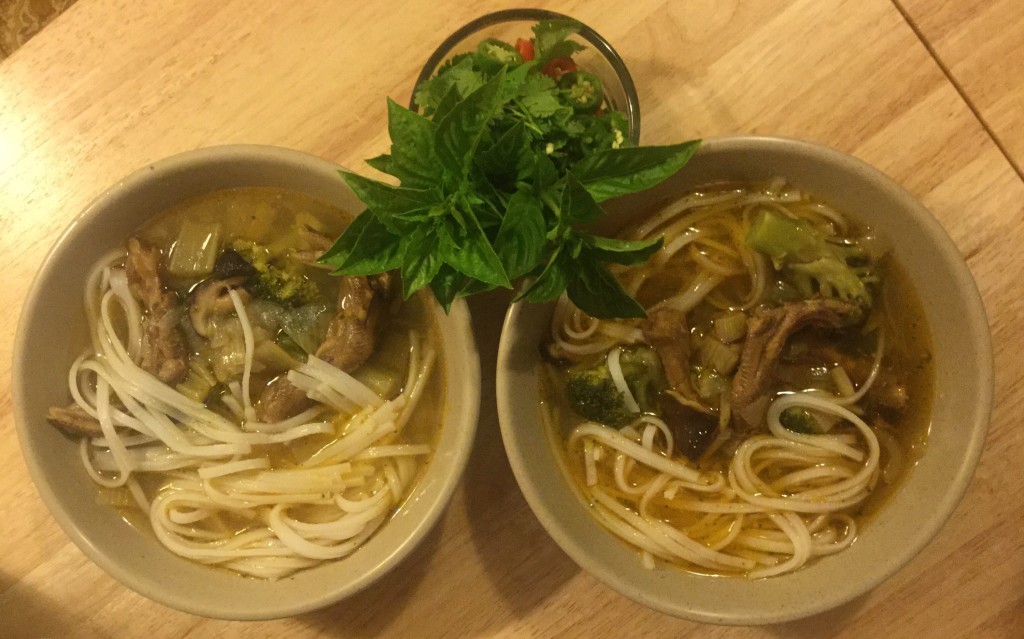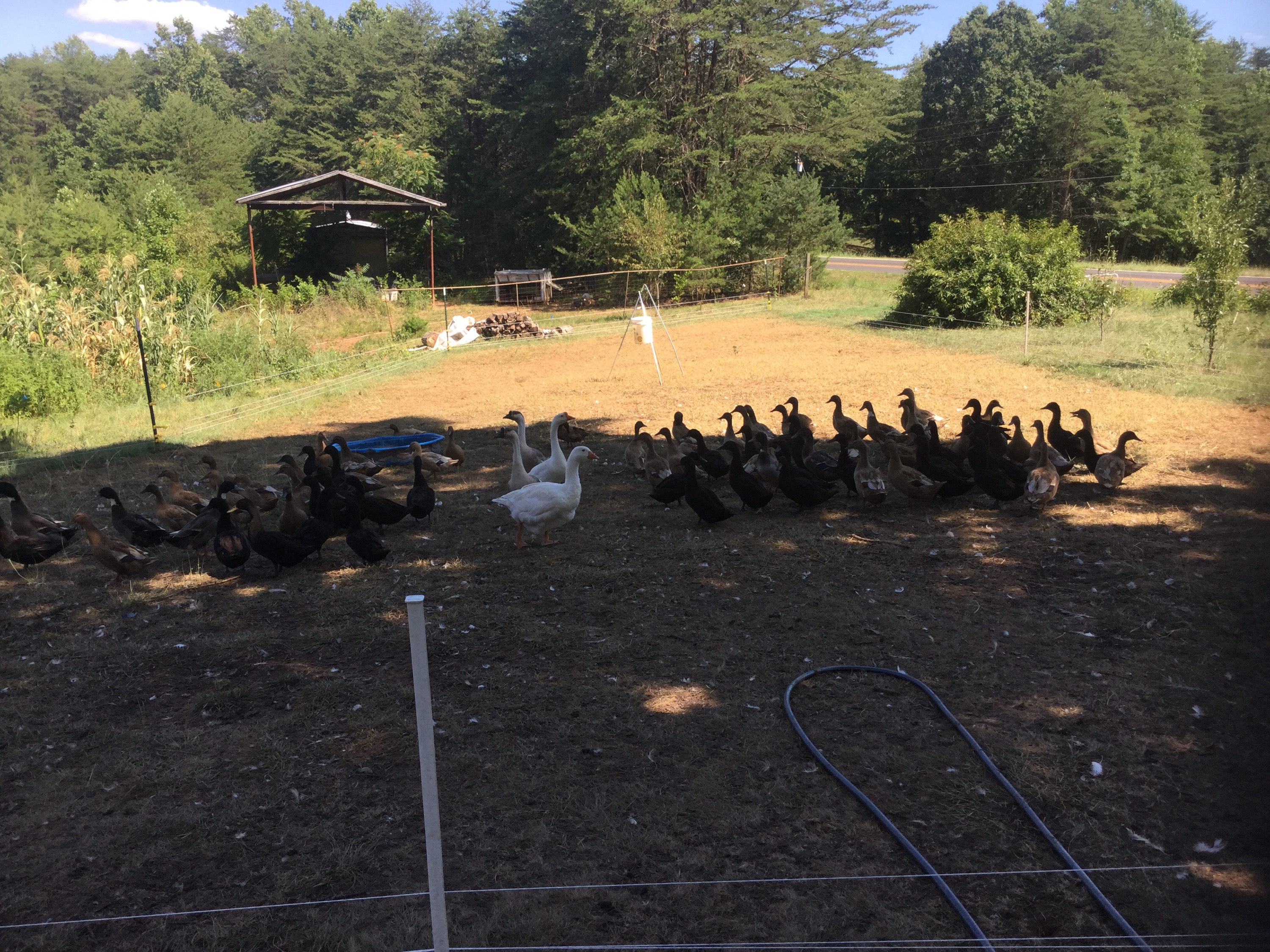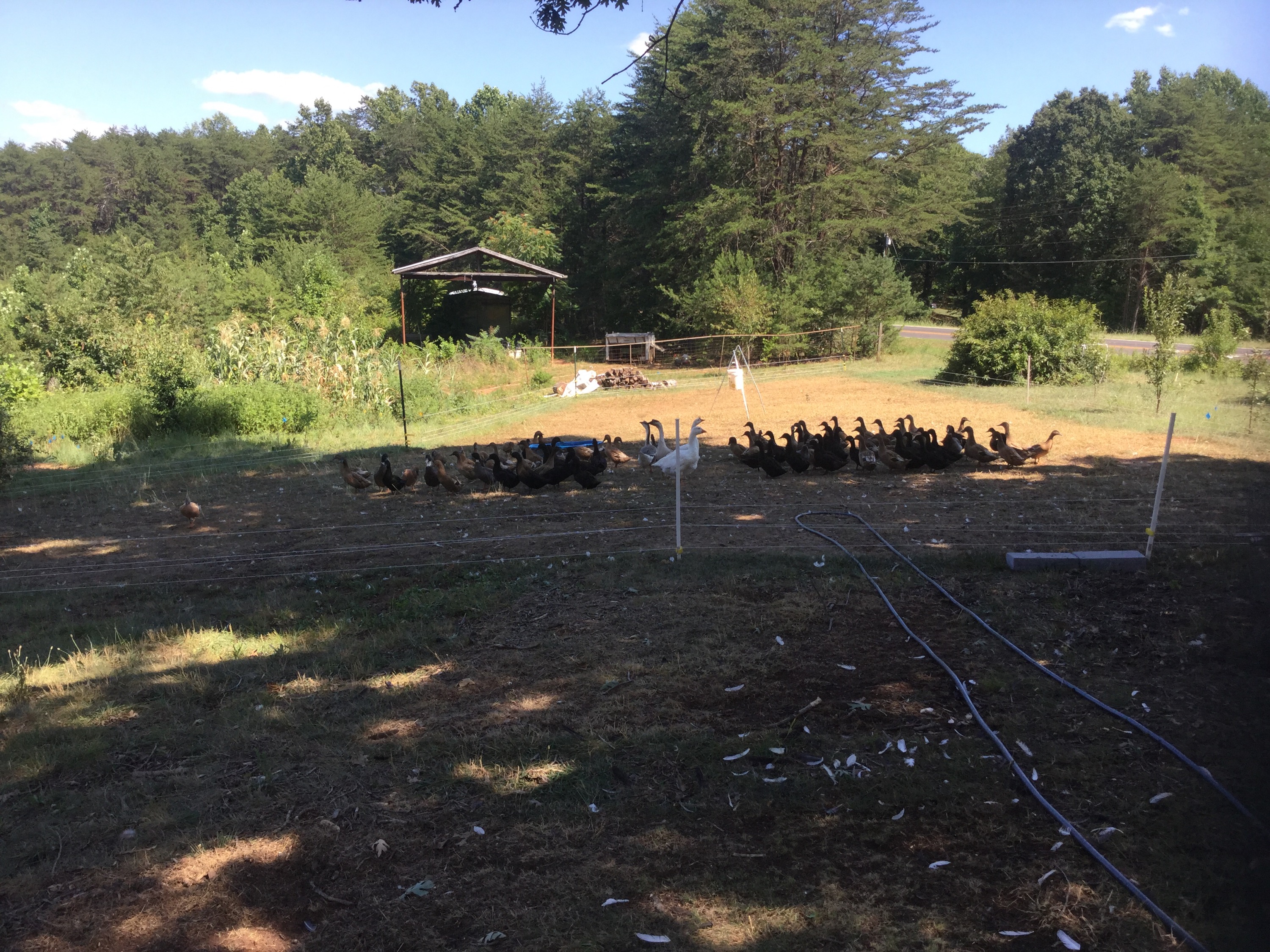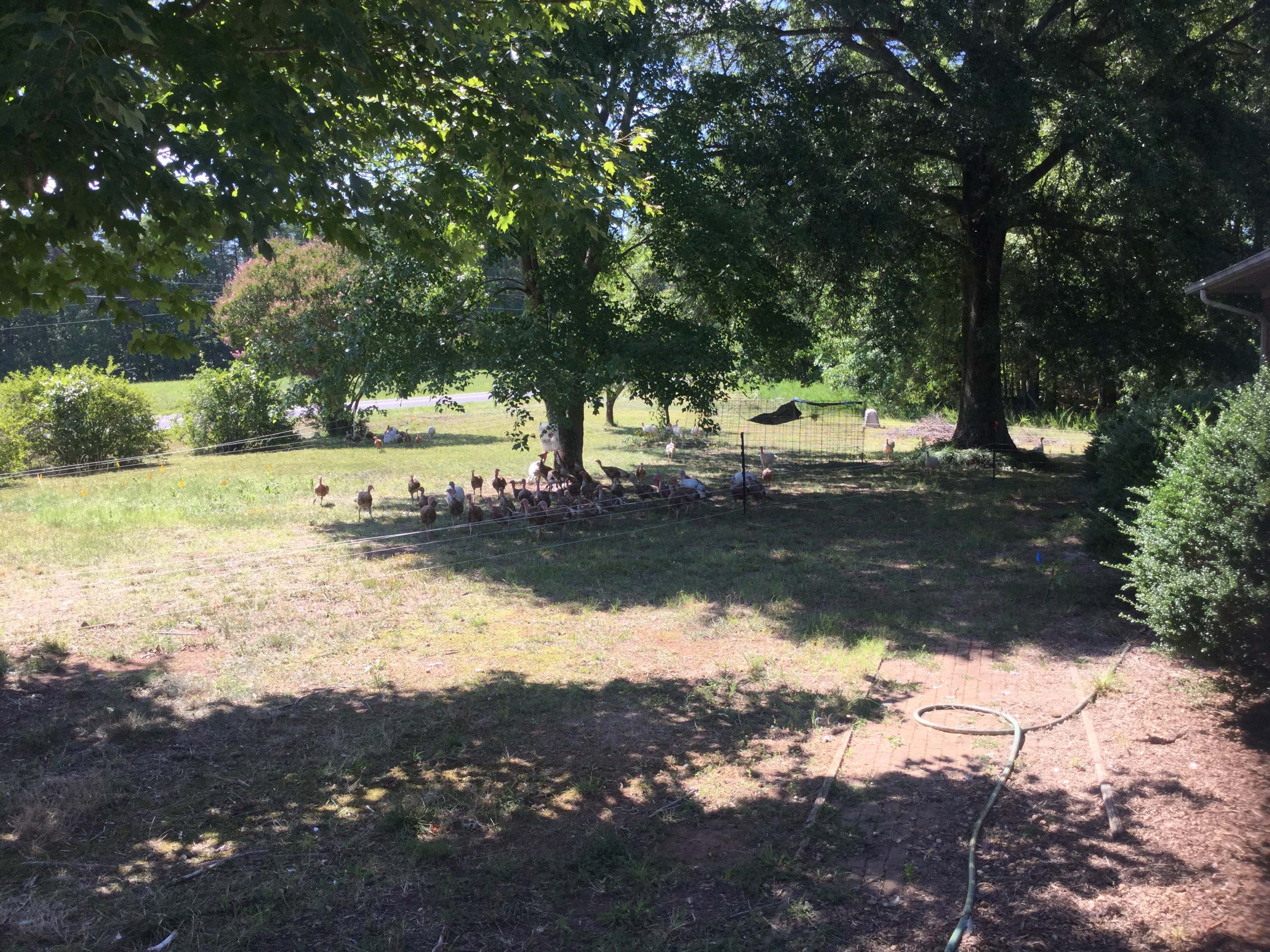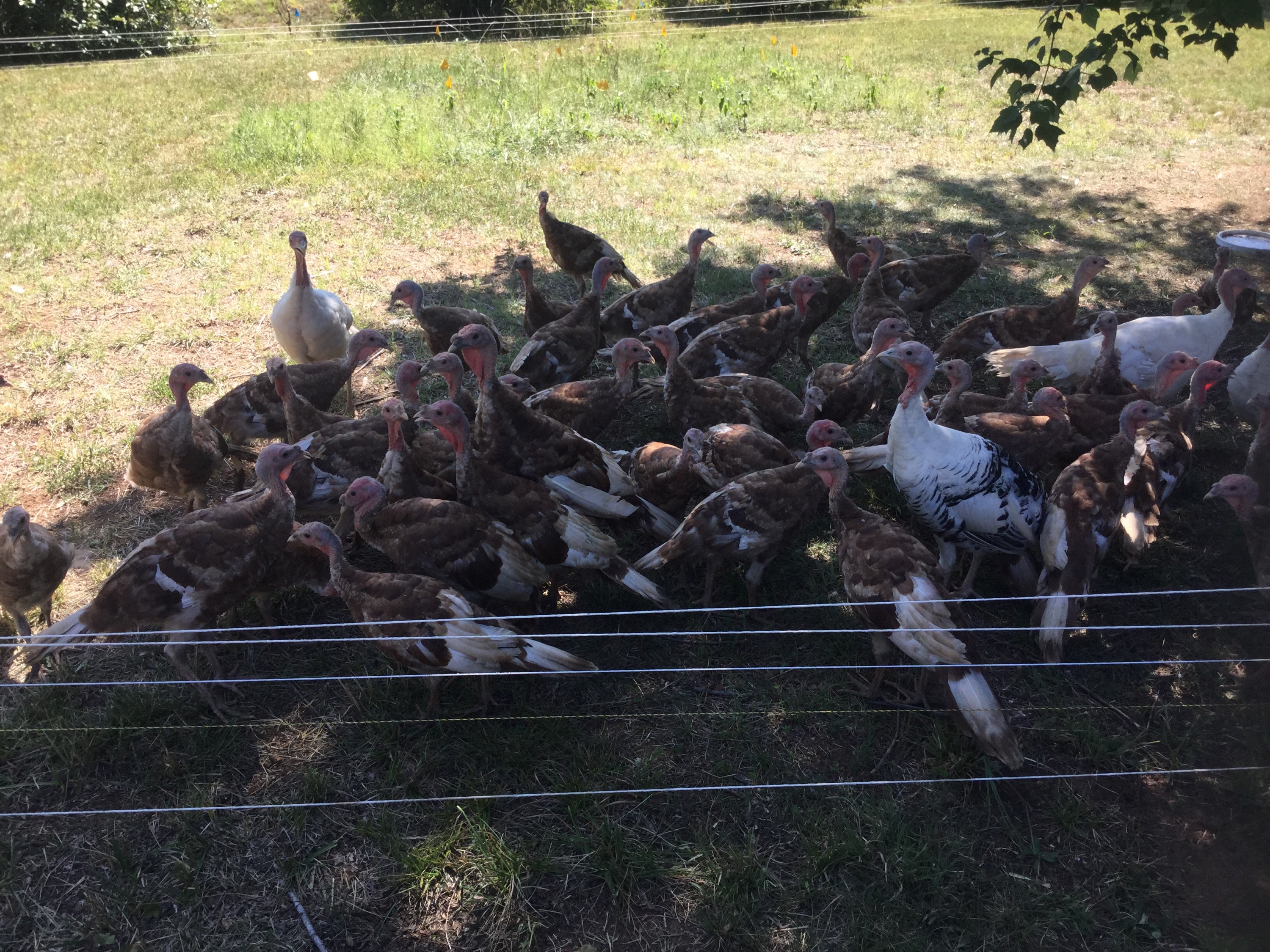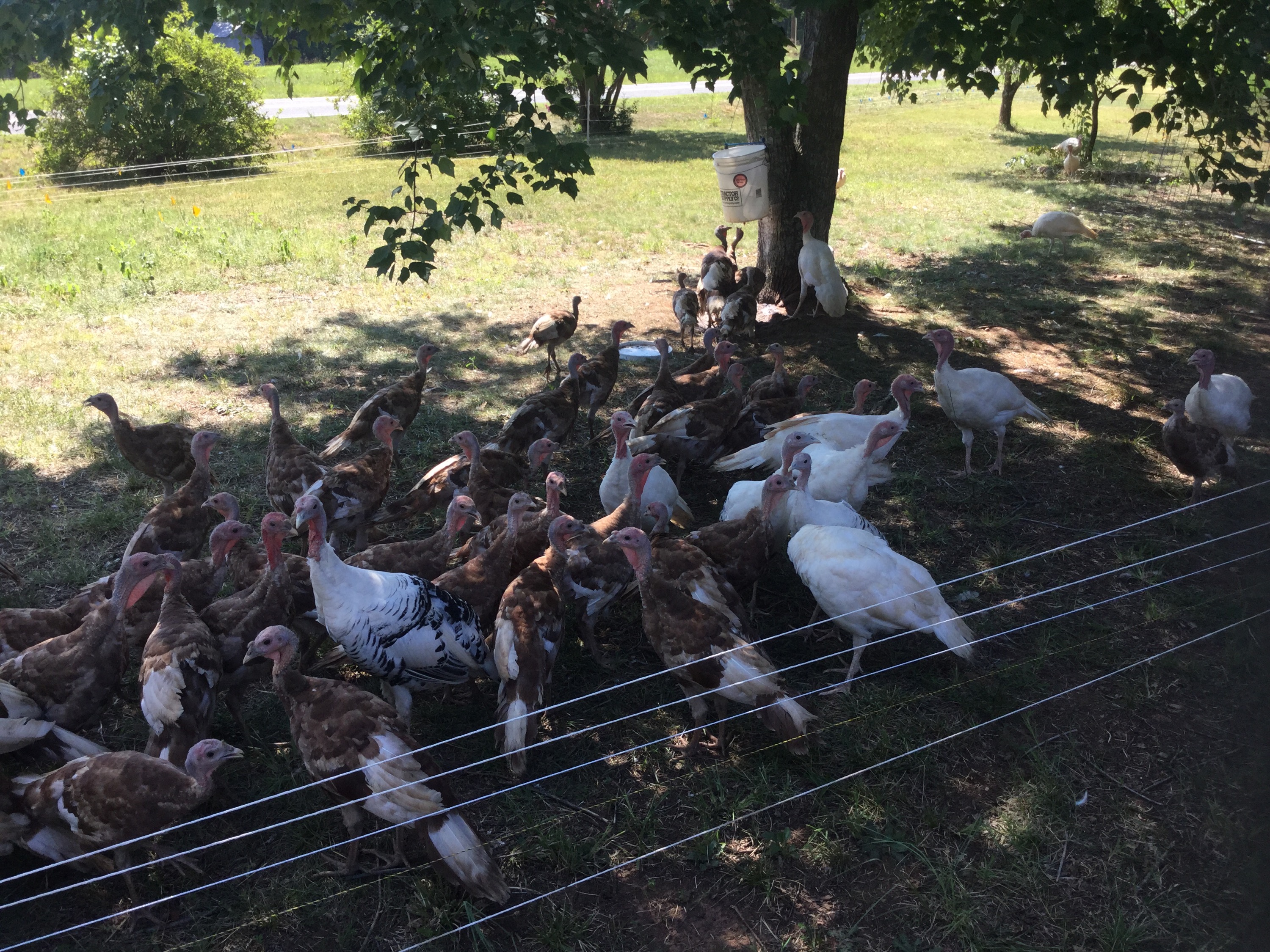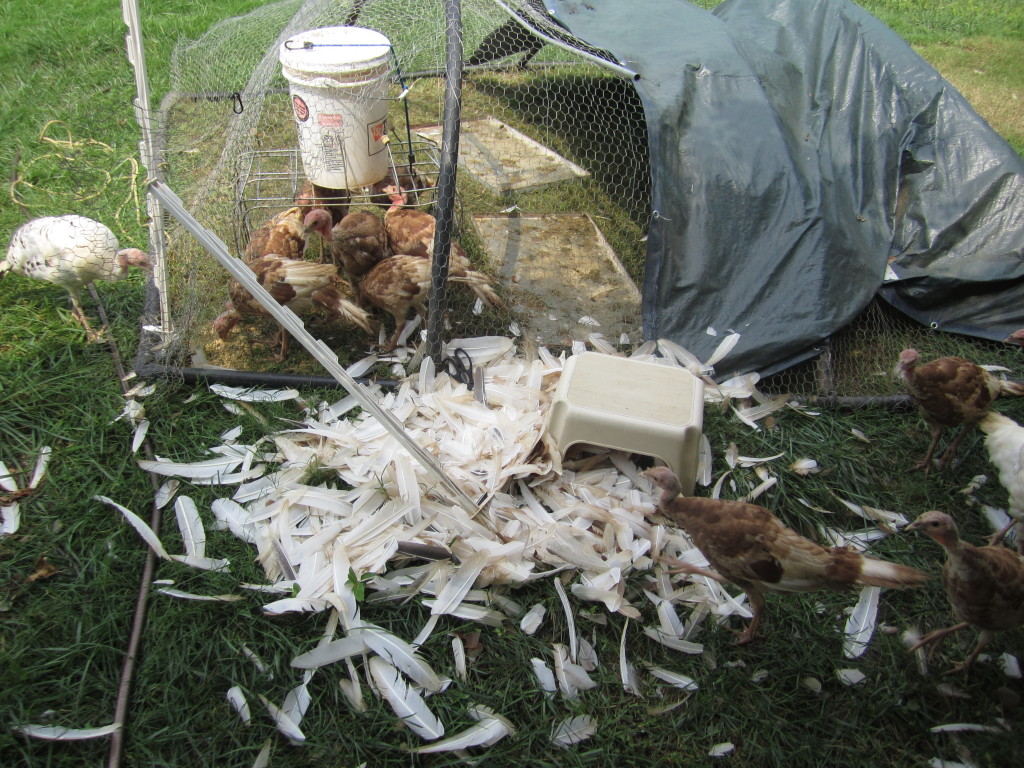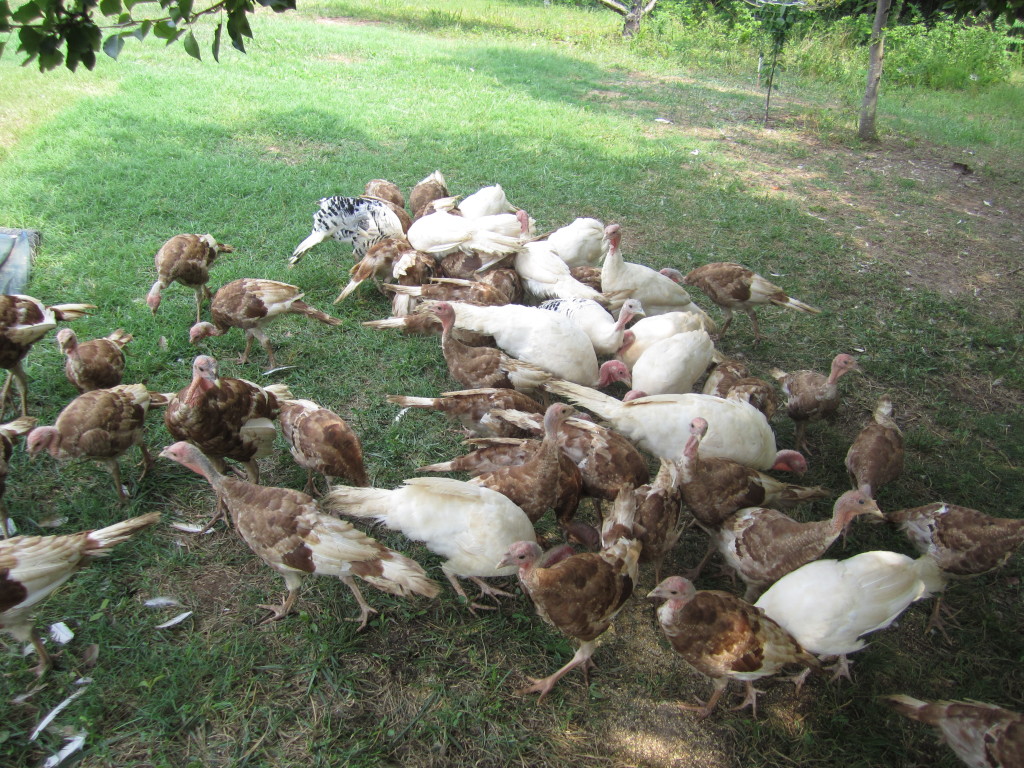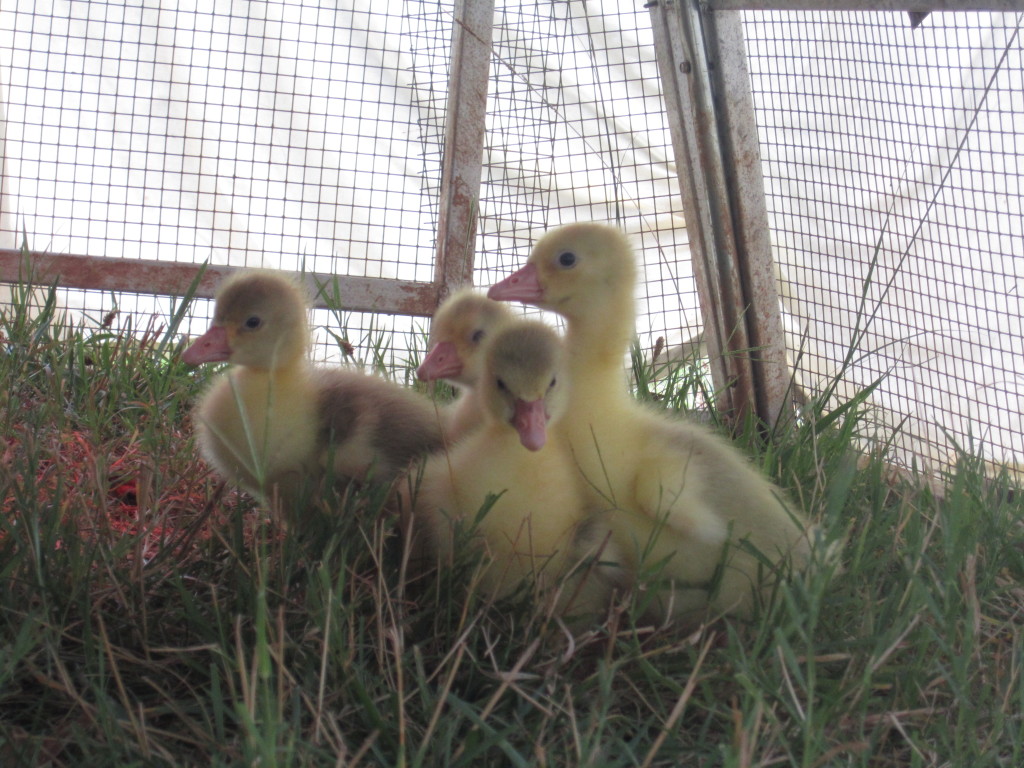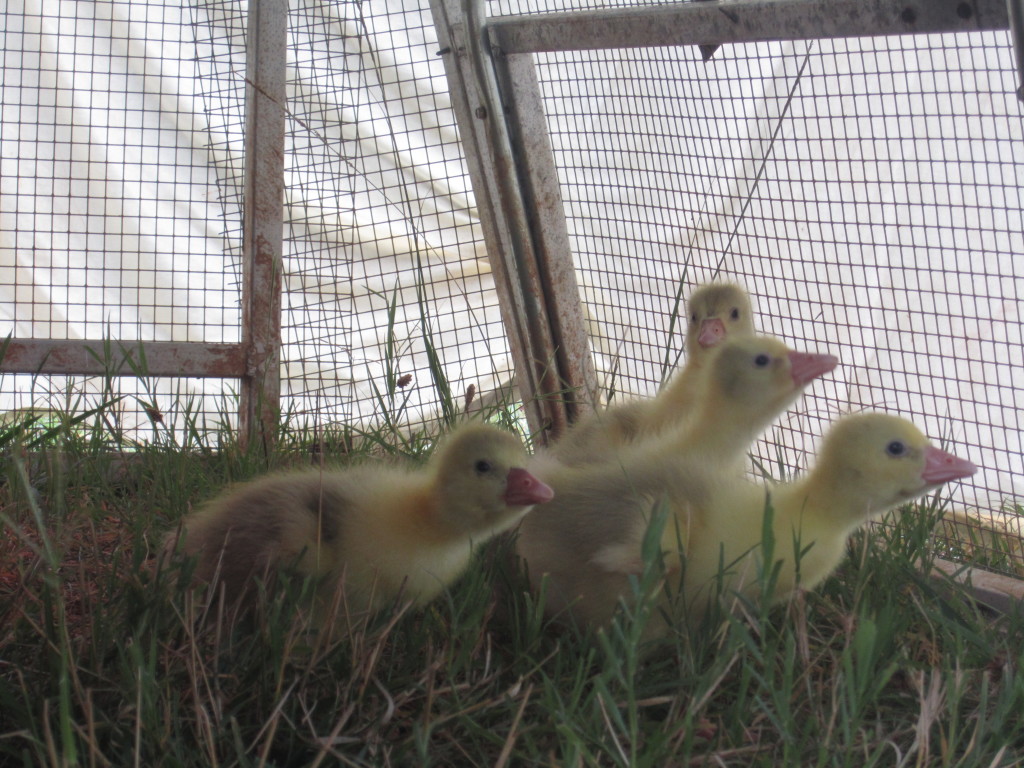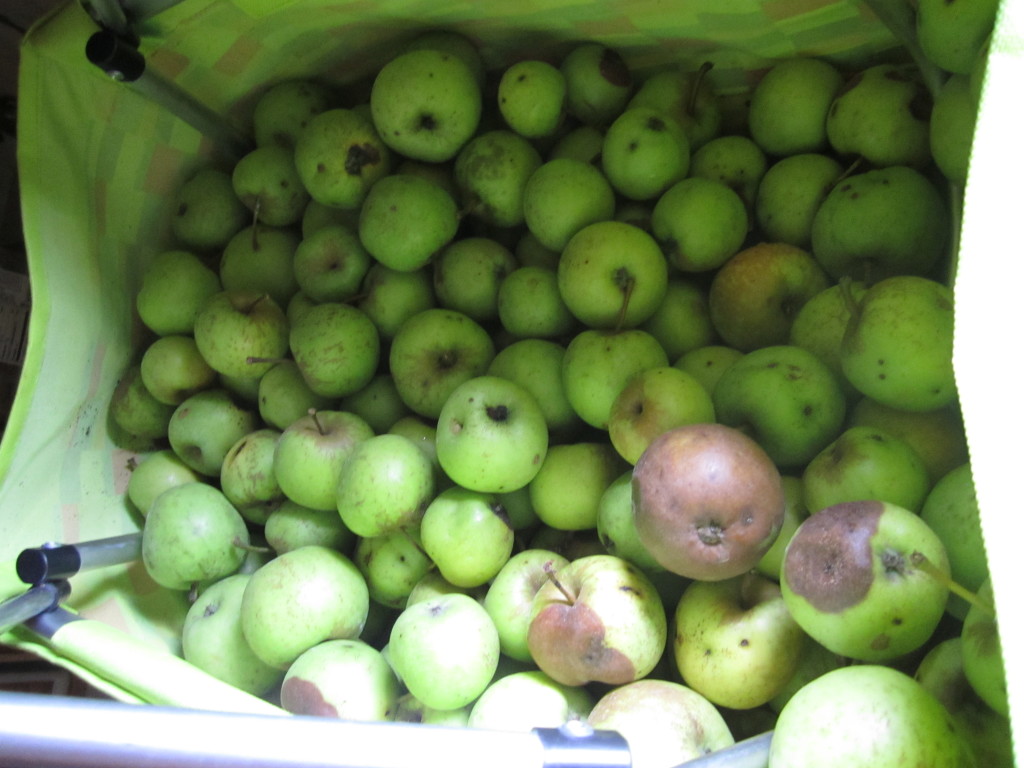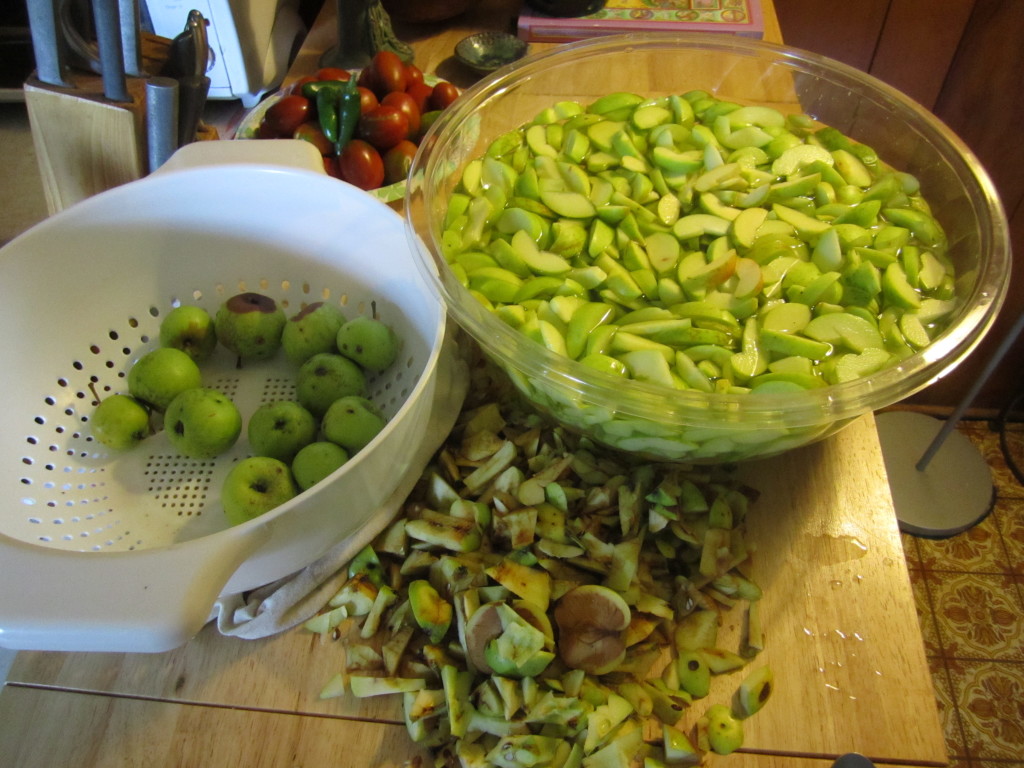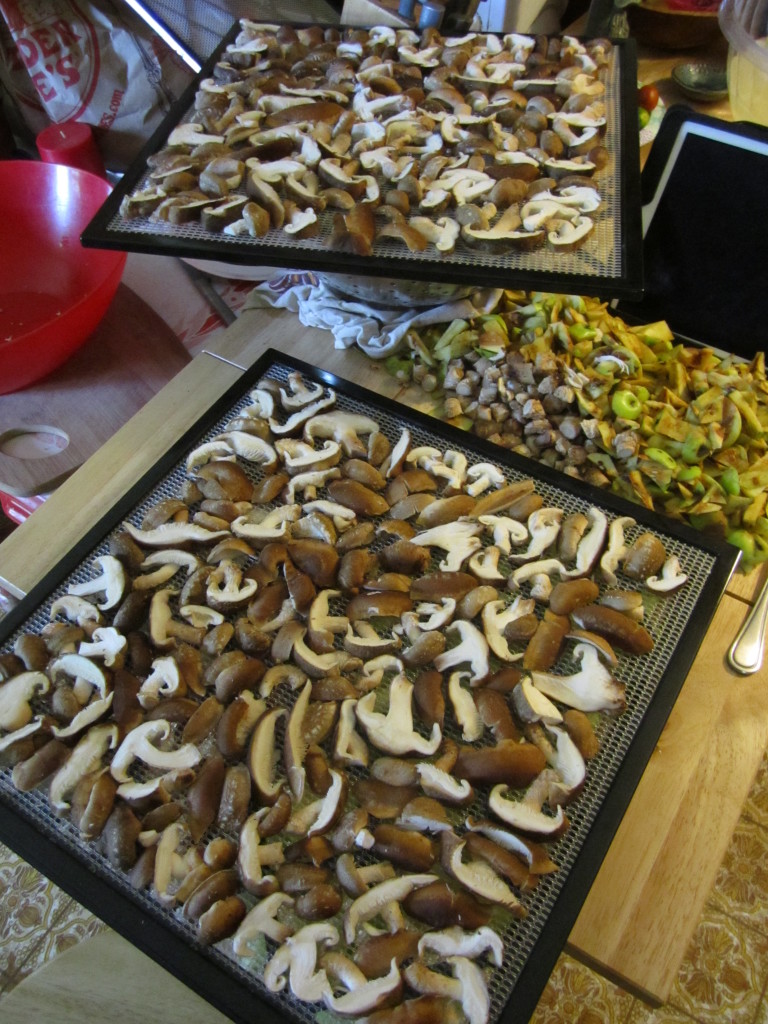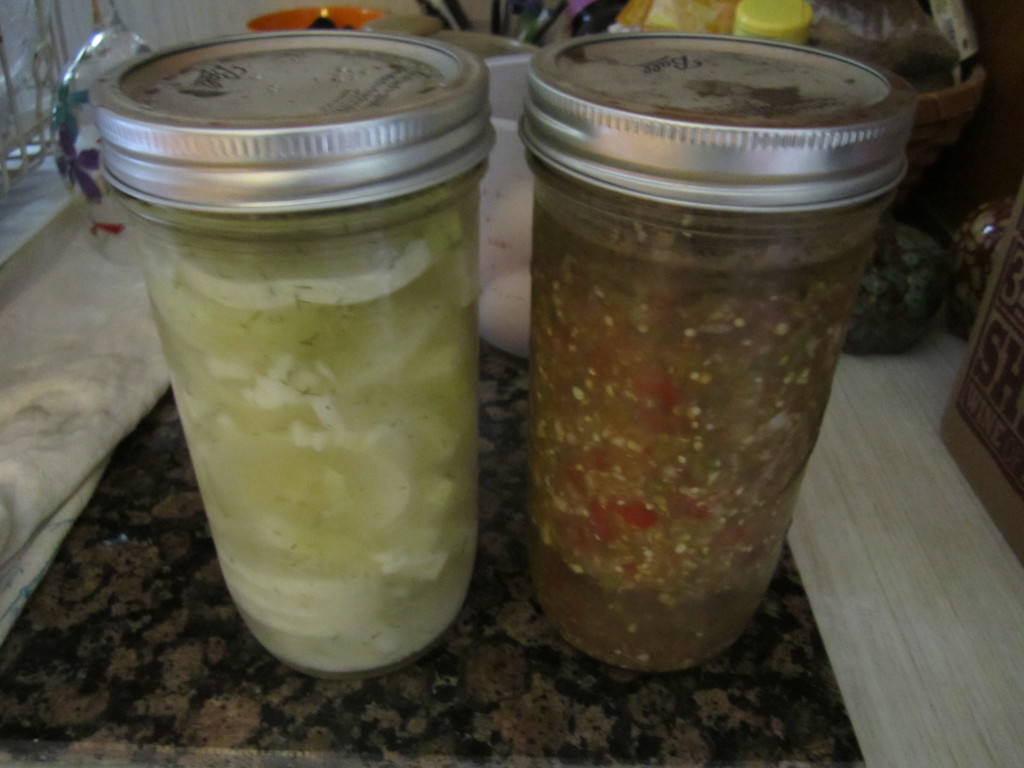We realize that it has been almost 2 months since we’ve posted regularly… And as I’ve briefly mentioned in past posts, the last few months have been busy and difficult.
I feel that there is finally time for Jason and I to breathe, relax, and reflect on everything that has happened.
On July 31, I was in the front yard setting up electric fencing and Jason was in the back yard processing a pig. I heard a yell and knew that something was terribly wrong. Jason yelled for help again, and I ran around to the backyard but he wasn’t there when I got there. I followed him into the basement and saw a trail of blood drops from the door to the sink, with Jason running his hand under the water.
He started to feel faint and I sat him down and looked at his hand. We stopped the bleeding and I didn’t look very closely, but I could tell that he definitely needed stitches. Our closest hospital is 20 minutes away and we drove there. We spent almost 10 hours in total in the ER and driving to and from 2 different hospitals.
Jason had been using a very, very sharp 14 inch blade for processing and he switched to his left hand to make a cut. The knife slipped and gouged his right palm and index finger. He ended up with a severed artery, nerve, nicked tendon sheath (we’re thankful the tendon was fully in tact), 13 stitches, a cast, and an August 6 surgery date.
His hand was immobilized in a cast that kept the pressure off of his tendons (since they weren’t sure if the tendon was damaged until they went into surgery). After the surgery, he had to deal with a smaller cast (shown below) and the inability to move at all without feeling pain.
His physical therapist says that he will make a full recovery, and we both consider now to be a time when things feel healed, both with his hand and with our homestead. He hasn’t felt pain for many weeks, and he has regained almost full mobility!
The homestead is now operating at a higher level than it was when he was healing (we were just trying to get through day during that time), and we’ve seen the fruits of our labors: we’ve begun to sell Pekin ducks and duck eggs. The heritage turkeys are growing every day and we can’t believe how close Thanksgiving really is!
If there is just one thing we’ve learned (and there really is more than just one), it is that the life we have chosen, our homestead life, is meant for the both of us. We need each other. When one of us is down, the other one has to try to do double (and it just isn’t possible on the scale in which we’re operating).
There is still a lot to do to catch up and get ahead and ready for winter and next year, but we’re starting to feel “normal” again.
We’ve both learned a lot about our chosen life and our partnership during the last few months, and we’re proud to say that we celebrated our 1st wedding anniversary a few weeks ago on September 27. For us, our anniversary was a great chance to think of our fresh start for this fall!
We are also going to be posting more often (let’s hope we can get back up to every day), so stay tuned for more information about new things going on around Kuska Wiñasun Homestead, like:
- Our new dog, Coona
- Our experience selling ducks and eggs at market
- The new turkey house
- Some delicious duck recipes!
.:.
